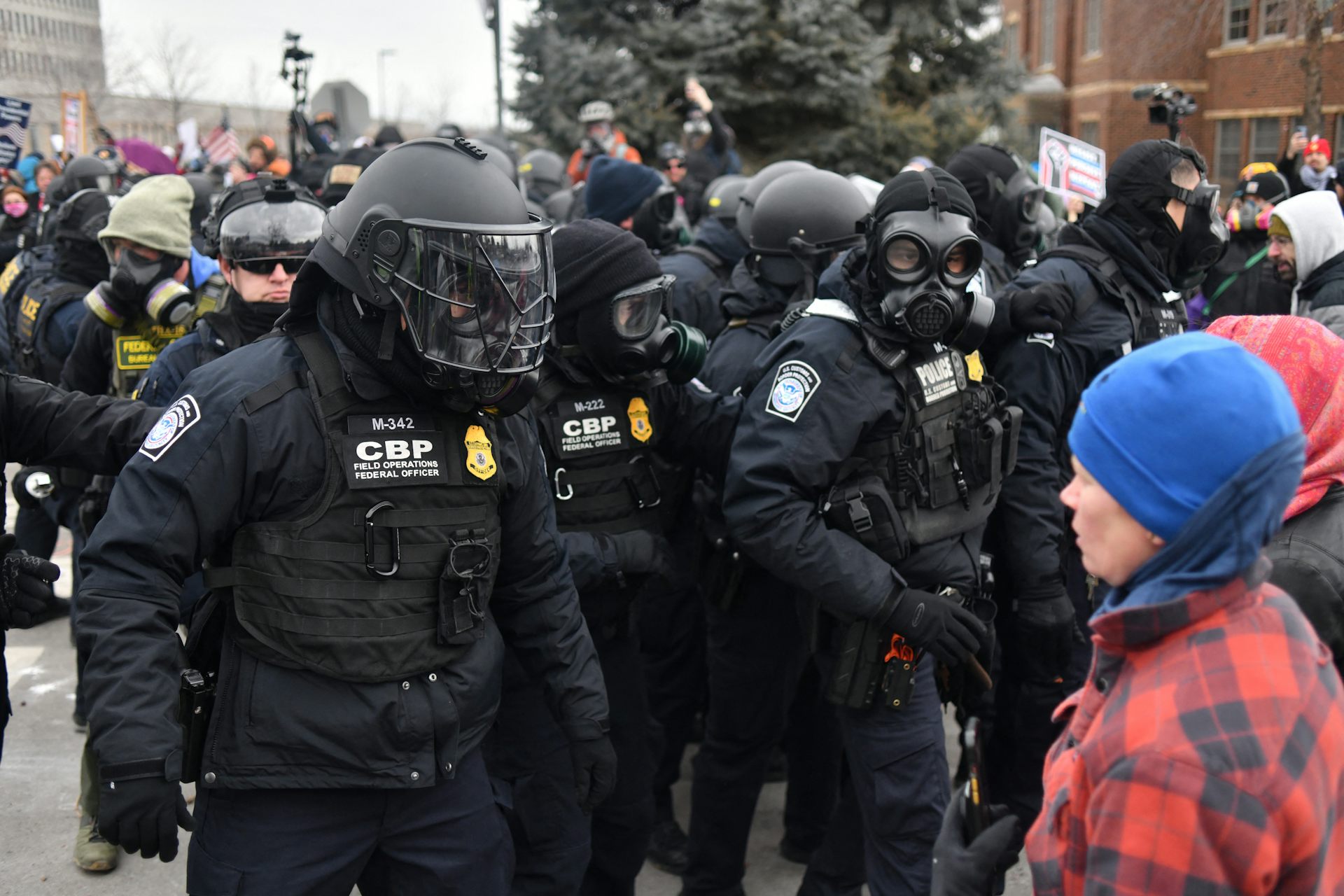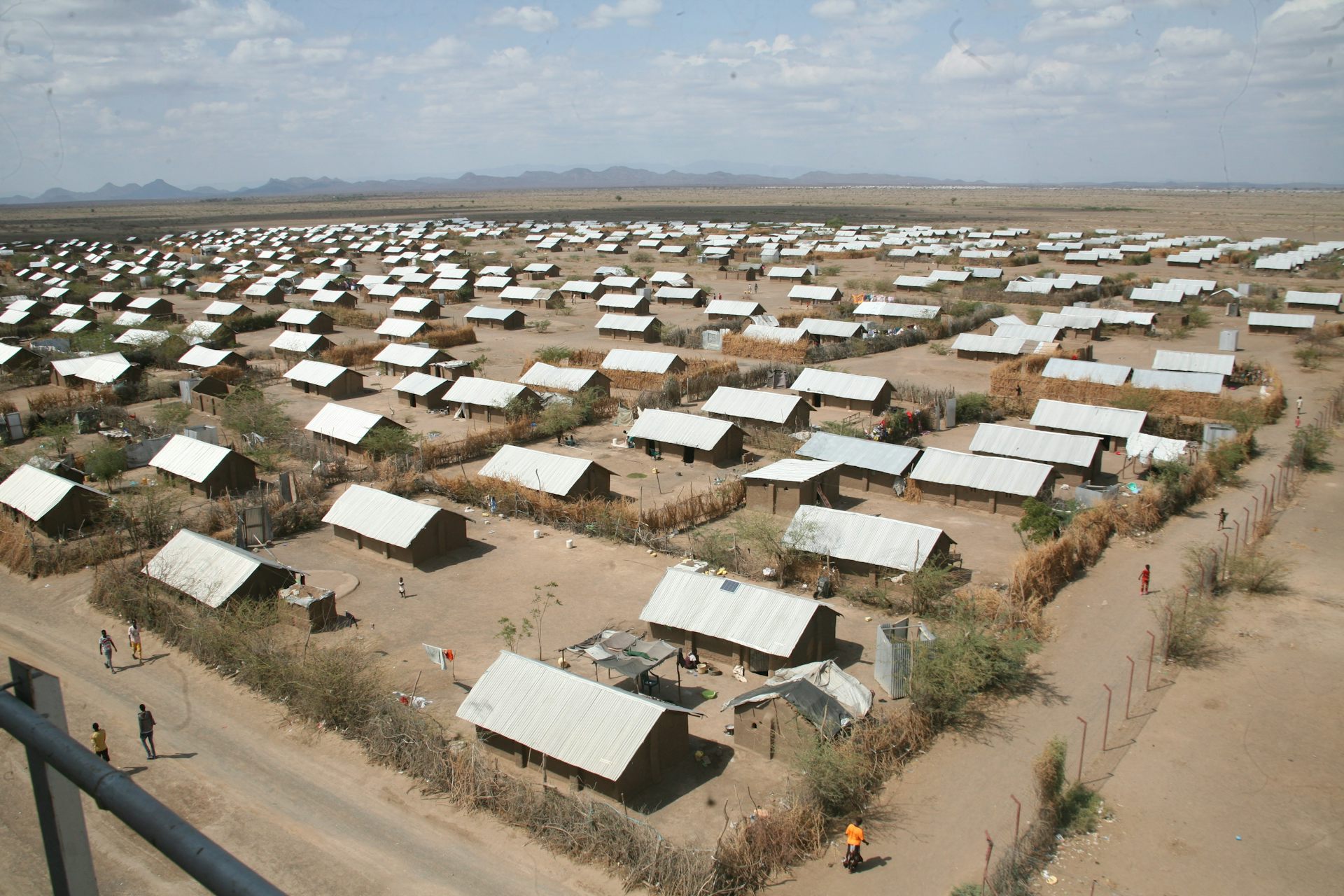Rural counties increasingly rely on prisons to provide firefighters and EMTs who work for free, but
Georgia’s inmate fire crews respond to hundreds of calls in surrounding counties every year. Without them, there might not be a responder, but they aren’t universally loved – and they don’t get paid.
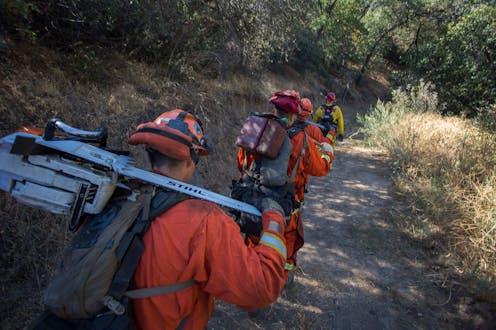
If you call 911 in rural Georgia, the nearest emergency responders might come from the local prison.
In 1963, the Georgia Department of Corrections began a program to train incarcerated people as firefighters to support not only their prisons, but also the surrounding communities. Over time, the program has grown dramatically. Today, prison fire teams from 19 Georgia state prisons, including a women’s prison, and six county prisons are trained in firefighting and emergency medical response.
The crews respond to motor vehicle accidents, structure fires, brush fires, hazardous materials incidents and search and rescue efforts, among other emergencies – all without being paid a salary. Jackson County, Georgia, describes incarcerated firefighters as responding to “every structural fire in Jackson County, where they serve as manpower support to every Fire Department on scene.”
Georgia is not alone in this practice. Prison systems in Alabama, California, Indiana, Mississippi, New Mexico and Wyoming, along with the Federal Bureau of Prisons, have deployed incarcerated firefighters to respond to local emergencies.
But while these programs fill a vital service in many rural areas, they aren’t universally loved. They have been accused of both exploiting incarcerated people and taking jobs away from professional firefighters.
The era of rural decline and mass incarceration
I study connections between disasters and mass incarceration and spend a lot of time talking with prison officials, disaster response teams and inmates. My research has found that incarcerated people have become increasingly embedded in local emergency response efforts as EMTs and firefighters. There are two primary reasons: the vulnerability of rural communities and vulnerability of the incarcerated workers.
Many rural communities have been struggling for years to provide adequate emergency services. As they lose population, their tax bases dwindle. Volunteer fire departments have also been harder to staff as increasing demands in the workplace and on families have left less time for volunteering.
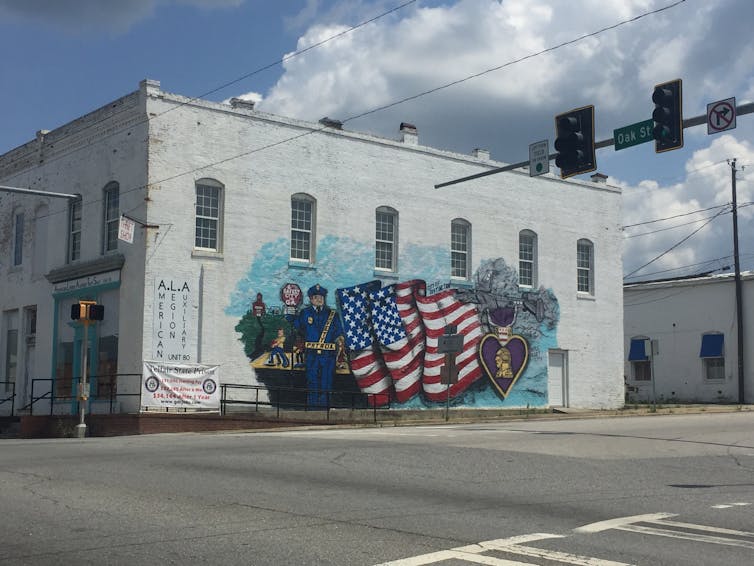
At the same time rural communities were declining, the 1980s to early 2000s saw an explosion in prison construction. Tough-on-crime policies led to an increase in the rate of incarceration, even as research suggested incarceration had a minimal-at-best relationship to crime rates.
Prisons were marketed as a way to stabilize rural communities devastated by declines in manufacturing and resource-dependent industries such as mining. They remain a staple of many fragile rural economies today.
The rise of prison emergency services
Prison fire departments initially started to train prison staff and incarcerated people to protect prisons from fires, knowing there might be little or no outside support in their rural locations. Occasionally, prison fire brigades responded to local emergencies or disasters if the local fire department needed help. But that has changed in many communities.
Today, Georgia’s program has about 200 participants each year. Those who qualify receive training to become certified as firefighters and EMTs and live in the prison firehouse rather than in cells. But while some states, including California, pay a small wage to inmate fire crews, Georgia’s aren’t paid a salary.
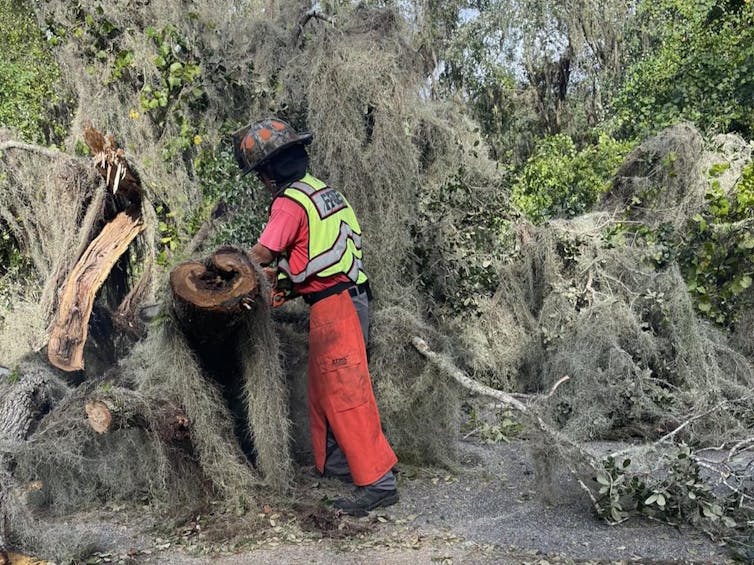
Officials in rural communities told me they relied on the prisons’ services because their own emerency crews were understaffed. Without enough personnel, not only were the communities vulnerable, but any paid or volunteer firefighters were also vulnerable because they would be responding without the support needed to safely handle emergencies.
However, while the program may provide much-needed stability to many communities, it has also faced backlash in some areas. When Camden County, Georgia, considered supplementing the local fire department with incarcerated firefighters in 2011, members of the department raised fears about the safety of the community.
Officials I spoke with suggested there had been some resentment from more urban areas that see the program as a way to avoid paying for career firefighters and from local volunteers who feel like they’re being replaced by the incarcerated firefighters.
Missing link: Job prospects after prison
The Georgia program also raises questions about the vulnerability of incarcerated firefighters.
Incarcerated people who participate in the program must sign a waiver that releases the Georgia Department of Corrections from liability should they be injured while working as a firefighter. They also are not eligible to receive workers’ compensation benefits.
Those rules increase the risks for incarcerated firefighters. Several have been injured while responding to fires and other local emergencies in Georgia and other states.
At least one incarcerated firefighter has died in Georgia. William A. Satterfield died in 1984 responding to a fire call with the prison fire team. In May 2013, the Georgia Board of Public Safety voted to acknowledge the death and service of Satterfield in a Public Safety Memorial. Two firefighters from Georgia’s Dooly State Prison were injured in 2016 in a vehicle crash while responding to a fire call.
An incarcerated firefighter in Mississippi, Michael Davenport, died while fighting a structure fire in 2006. According to court documents from a subsequent lawsuit, Davenport did not receive full firefighter training, but there were no laws requiring such training at the time.
It is unknown how often these injuries occur or how working as a firefighter affects the health of incarcerated people after they are released.
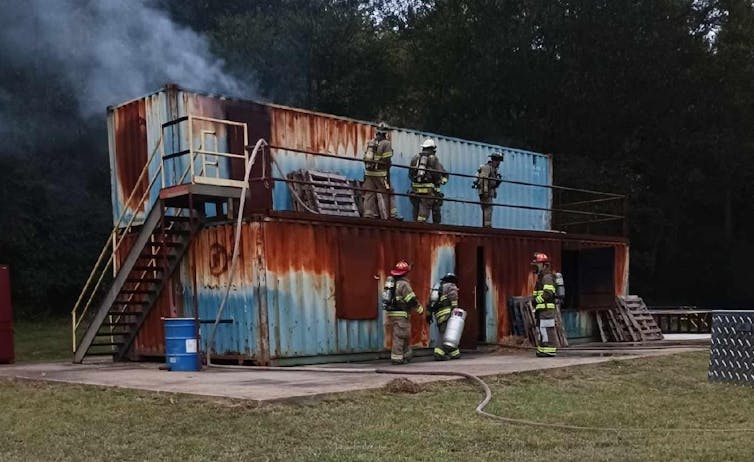
Prison officials have told me that incarcerated men and women benefit from the program because it provides job training.
Yet, incarcerated firefighters face significant barriers to finding jobs in fire and emergency services upon release. Current Georgia law does not allow participants in the program to apply for a civilian position with a fire department until five years after their conviction date.
Several fire officials told me that they wished they could hire the incarcerated firefighters they had worked with. But if they had the funds to hire more full-time firefighters, they wouldn’t have been working with the program in the first place.
States can take steps to help
Some states have worked to create policies that support formerly incarcerated firefighters. In 2020, California passed a law that would allow incarcerated firefighters to apply to have their criminal records expunged, making them eligible to apply for jobs as EMTs.
I believe incarcerated firefighters and fire crews in Georgia and other states would benefit from similar policies to allow them to find jobs upon release. The state and many others would also benefit from working to address the extreme vulnerability that rural fire departments are facing as they struggle to protect their communities with limited outside support.
J. Carlee Purdum received funding from The Natural Hazards Center, University of Colorado Boulder to complete this research. Quick Response Grant #247
Read These Next
The Insurrection Act is one of at least 26 legal loopholes in the law banning the use of the US mili
Can the president use the Insurrection Act and send the military into U.S. cities? A web of legal provisions…
China’s new condom tax will prove no effective barrier to country’s declining fertility rate
The Asian giant is grappling with a dramatic population decline, with a fertility rate of 1.0, well…


